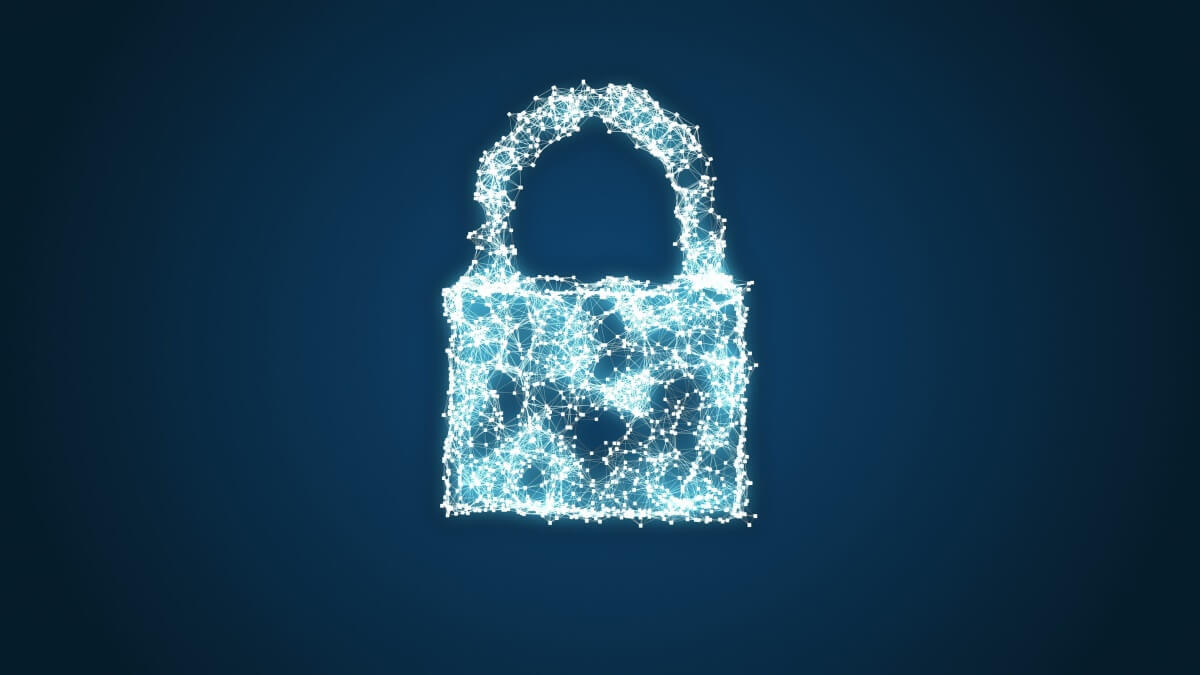Edge storage for Smart Video Doorbells brings many benefits
Smart Video Doorbells are an excellent option for homes and businesses, offering security, convenience, and peace of mind.
When it comes to storage, data from Smart Video Doorbell products can be kept at the Edge or in the cloud.
While both options have advantages and disadvantages, Edge storage (sometimes called local storage) offers significant security and cost benefits over cloud storage options.
What are the storage options for Smart Video Doorbell devices?
As soon as the decision has been made to create or upgrade Smart Video Doorbell products, it’s time to consider whether to use an Edge or cloud storage solution.
While many Smart Video Doorbells store all their video recordings in the cloud, some Smart Video Doorbell products allow footage to be stored locally on SD cards. This is a form of Edge storage.
In addition to Edge storage, it’s important to note that Edge computing and Edge AI technologies generally have become an increasingly popular choice for Smart Video Doorbells and other Smart Home products.
Just as Edge computing and Edge AI offer many advantages, sophisticated Edge storage solutions will likely become highly sought after for their impressive security and privacy benefits.
Smart Video Doorbell: Cloud Storage vs. Edge Storage
When considering Edge or cloud storage options, Smart Video Doorbell companies must weigh up the advantages and disadvantages of each solution.
With cloud storage, it’s certainly nice to have backed-up footage in the unlikely event that a Smart Video Doorbell unit is stolen or damaged.
But, with this comes the issue of transmitting data outside a local network via the internet. This can be costly, time-consuming, and pose privacy threats.
In stark contrast, there are clear benefits to keeping data local and storing it at the Edge. The most significant are speed, security, and cost-effectiveness.
Benefits of Edge data storage
The main benefits of Edge data storage compared with cloud storage are:
- Quicker response times
- Greater security and privacy
- No data storage fees
Since the Edge is decentralized, data remains near the source, and computing resources and storage can stay close to where they’re needed.
Quick response times are achieved when all cloud functions, such as storage, computing, and networking, are taken to the Edge.
Edge computing and Edge AI technologies also lessen the network traffic going to and from the centralized cloud, contributing to highly sought-after latency reductions for Smart Video Doorbell products.
Additionally, better security and privacy are attained when there is no need to transmit sensitive information to the cloud and no need to use the cloud for storage.
At the current rate of adoption, decentralized Edge computing will very soon be available for Smart Video Doorbell devices. As a result, companies will need to consider whether to use the Edge of the cloud for their video doorbells and any future Smart Home products.
Typical use cases for Edge data storage concern IoT devices because these devices generate tons of data. Therefore, it’s more affordable and easier to process and store the data locally instead of sending it to the cloud.
Not to mention that there are no cloud storage fees.
The 5 significant drawbacks of cloud storage
So, if storing data at the Edge brings the benefits of quicker response times, security and privacy advantages, and cost reductions, what are the limitations of cloud storage?
1. Cloud storage is costly
Several Smart Video Doorbells with cloud storage require payments for their video subscription services.
These subscription services offer cloud storage for 5, 10, or 30 days. The longer users want to keep their footage, the more they pay monthly.
Sometimes, these subscription services are advertised as ‘optional,’ but they are necessary for things to run smoothly and for users to get the most out of their new Video Doorbell purchase.
With Edge storage, there are no costly subscription fees.
2. Cloud storage risks user’s data security
In addition to subscription fees, data security is a concern when it comes to cloud storage.
Edge storage keeps the video footage inside the doorbell unit within the home. On the other hand, cloud storage stores video footage externally, usually in a large cloud data center.
When users opt for cloud storage, they essentially turn over control of their confidential information to a third party in the hopes that this third party will keep their data safe.
Unfortunately, there have been several instances where cloud data centers have suffered cyber attacks.
For example, in 2014, Dropbox experienced a security glitch. Because of this, their customer’s confidential information, such as mortgage applications and tax returns, was leaked.
The National Security Agency (NSA) has also been known to pry into data held by cloud storage companies.
3. Cloud storage reduces flexibility and minimizes control
When data isn’t at the Edge, a cloud service provider is in control of customizing the data storage setup.
Users with complex data storage needs might have a problem with this inflexibility and loss of control. This is because complex storage needs demand a certain level of customization, which cloud companies cannot deliver.
4. Cloud storage makes changing providers difficult
After signing up and using a specific cloud storage provider, it isn’t easy to switch things up and migrate to a different provider later.
This is what’s called “vendor lock-in”.
When problems arise with the provider, users may find it challenging to transfer to a different one because too much of their data is involved.
Vendor lock-in can also be a problem since people’s data storage needs constantly change.
With the cloud, if a customer’s data storage needs decrease, the user will still need to pay for that storage space, even if it isn’t even being used.
With Edge storage, users aren’t locked into a contract and they won’t suffer any financial losses from unused storage space.
5. Cloud storage relies on the internet
With cloud storage, when the internet connection is down, there’s no way to access data stored remotely, and customers don’t want to be denied access to their stored Smart Video Doorbell footage.
Also, when the internet connection is slow, it takes ages to access data when it’s not stored at the Edge.
Essential considerations of Edge storage
Technically speaking, Edge storage usually comes in the form of a solid state.
Solid-state disks (SSDs) are typically used in computer-based systems and Non-Volatile Memory Express (NVME).
NVME is used by bigger IoT devices, while low-power equipment such as Smart Video Doorbells and HomeCams use removable storage, such as memory cards.
It’s important to note that Edge storage needs to be strong in the physical sense.
There’s always the chance that Smart Video Doorbell devices will get exposed to environmental elements or changes in temperature, mainly since they’re situated outdoors. Vandalism and theft are other possibilities as well.
It’s important for Smart Video Doorbell companies to consider this when opting for Edge storage over cloud storage. Overcoming these challenges will allow customers to enjoy the benefits of local storage while mitigating risks.
Of course, Edge devices become fractionally more expensive when storage is installed.
However, when looking at the bigger picture, processing and storing data at the Edge comes out cheaper and more efficient in the long run.
Bandwidth cost is one of the biggest reasons to push for Edge storage. Compared to sending data to the cloud, Edge storage is the more economical choice.
If the user’s end game is to minimize sent data and speed up reaction time, storage and data processing must inevitably be done at the Edge.
Edge storage solutions are only going to become more prevalent in the future
The benefits of Edge data storage greatly outweigh those of cloud storage in the long run.
Cloud storage poses potential security threats and is not well suited to storing people’s sensitive Smart Video Doorbell data.
Because of this, Edge storage is rapidly growing, and more and more individual users and businesses are realizing its benefits.
It’s clear that Edge storage is an excellent choice for Smart Video Doorbell products and that use of Edge storage solutions will only grow in the future.

